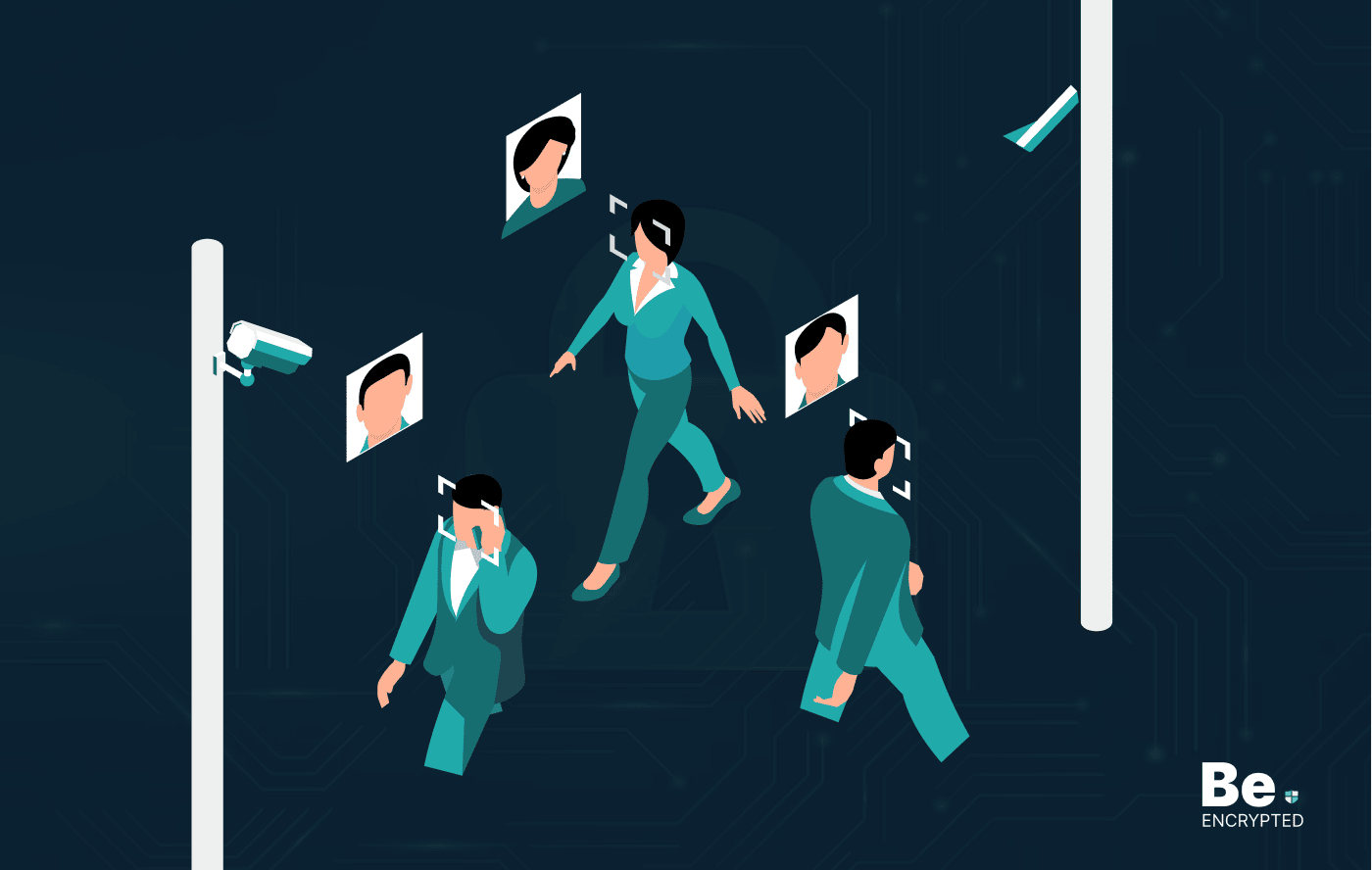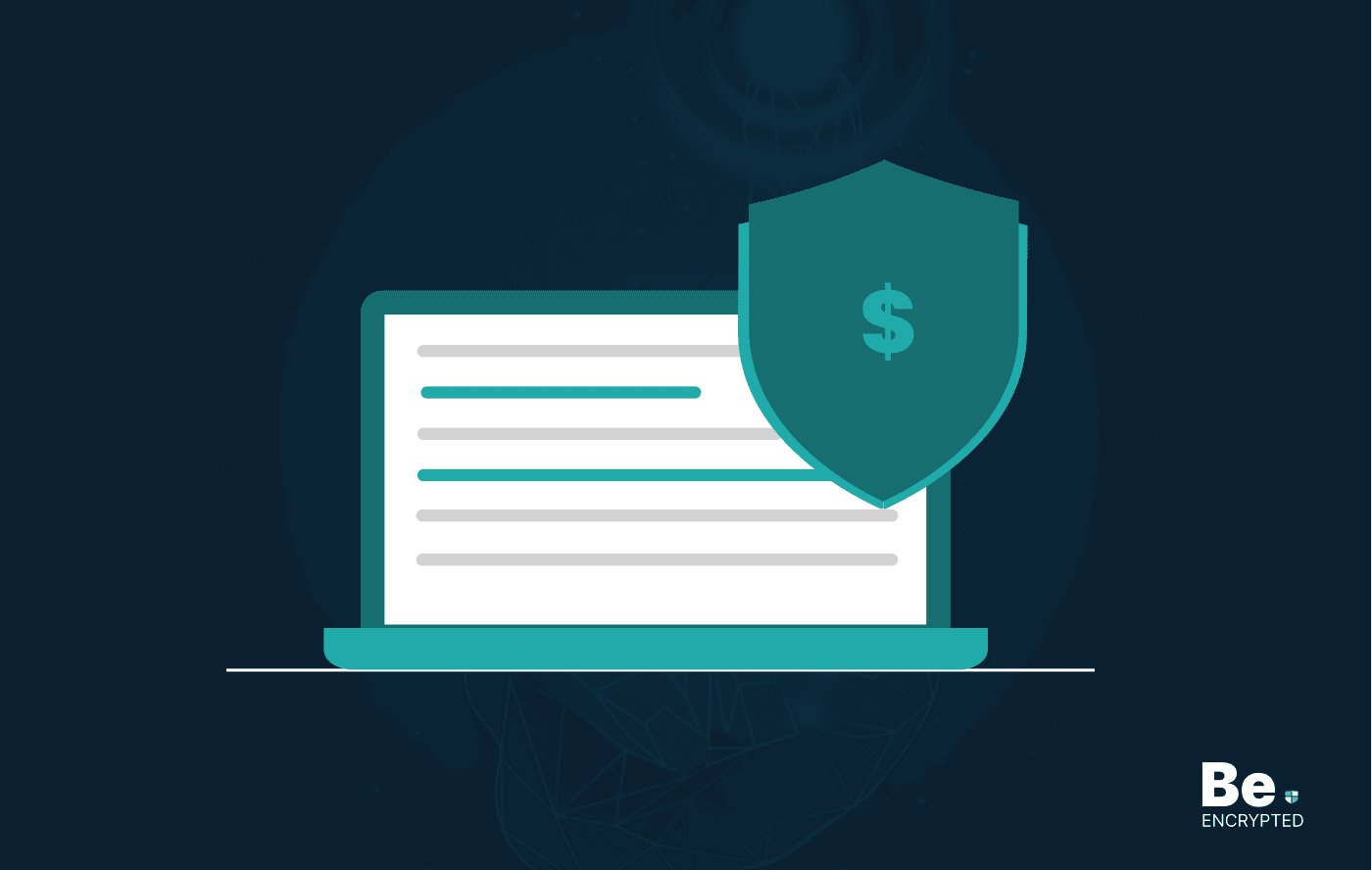Healthcare organizations often face data security breaches because they have the most important information: patients’ medical records. However, you can prevent healthcare security issues by following some prevention measures and strategies.
You might be surprised that cybercrime has also increased in healthcare organizations. Like any other organization, healthcare organizations are also facing threats of cyberbullying.
Attackers look for the most valuable thing in healthcare organizations: patients’ medical records. If a hacker finds a vulnerability in your system and accesses those records, he/she can violate them by blackmailing the patient or selling the data on the dark web.
Some cybersecurity threats in healthcare organizations
Many hackers are searching for organizations with mishaps in their systems to penetrate them and find the information that may help them. Some of the threats of cybersecurity that may harm the healthcare organization are given as follows:
1. Threat entry point
The attacks the hackers use to access the patient’s data are the threat entry points. These are the vulnerabilities in which the hacker injects malware into a hospital’s systems and other devices.
This kind of issue arises due to an insider’s mistake. That means when a staff member makes a mistake, this kind of error may show up. The whole system is affected when any insider clicks on an unknown file that may be injected with malware. This way, the information and data regarding any patient may reach the hacker, who might use it against that patient for any reason.
2. Ransomware attacks
These kinds of attacks most generally involve ransom. The hacker does this to get money from the user by using his/her records against him/her. This also includes injecting malware into the system of any healthcare organization.
The malware may then lock any computer in the organization or even more than one. It can even lock the whole system up. In exchange for the data, the hacker might ask the hospitals or government (if it is a famous hospital or is run by the government) to pay some. This is very risky as no one knows that even after giving the money, the hacker would return the full data and not keep any copies or might not try to hack again.
3. Cryptojacking attacks
This is one of the deadliest kinds of attacks on healthcare organizations. In the previous year, 2018, this exceeded the list of threats to number one, beating ransomware as well. This involves the mining of data, which means that mining software can be installed on medical devices.
This malware and mining software is very harmful because the more time the system remains open and the device is unlocked, the more cybercriminals inject mine into the system. So, the working staff may not know that the device is on and may have turned it on like that for some time, and in that meantime, the mines may be injected into the systems to the fullest.
4. IoT healthcare attacks
Another severely dangerous attack is the IoT healthcare attack, which happens because of errors in IoT. In these attacks, a hacker can trick anyone into sharing medical devices. Hence, they can use these shared medical devices against healthcare organizations or patients for their own benefit and profit.
Such an attack may be caused by a system that has not been updated for a long time. When a system has not been upgraded for a long time, it can be easy to trick anyone into it and share the information and data.
5. Healthcare supply chain attacks
These kinds of attacks happen when cybercriminals capture a delivery from a provider and inject malicious encryption directly into the medical devices. Any company or source that brings medical devices can be fooled into sharing the devices it supplies to hospitals.
What happens is that hackers try to look for back doors in the systems of any source (which may include business partners and suppliers). This way, they can easily interlope and inject malware into the system without anyone knowing who did it.
9 Ways to mitigate data and security breaches in healthcare
All the problems and attacks mentioned above can be quickly resolved if specific precautionary and preventive measures are taken. Organizations can defend themselves from trapping by the tricks of hackers by following the tactics based on our expertise and research:
1. By educating the staff
We must educate the staff in healthcare organizations. This means we should only hire the available and competent staff to work in a healthcare organization who are educated in the given field. The government should maintain a proper education system. Also, a complete test should be taken before appointing anyone to the association.
2. Providing training
It is also crucial that staff be trained after being educated. This is different from being educated, as in education, they only learn what they should or should not do. However, while training, they will understand every practical process. They will gain experience before starting work, and this will minimize the chances of mistakes.
3. Updating machines
Another essential method to protect the organization from data breaches is by continually updating the machinery used in medical. Medical devices may be ancient and need to be renewed or upgraded. Doing so can create barriers and walls between the hackers and the patients’ data. Thus keeping it safe.
4. Using cloud data backups
An effortless way to protect your data is by using cloud data backups. It is very easy as it duplicates the information over the Internet to the service’s servers, proposes the safety of off-site storage for the most necessary files, and a simple, one-time setup programming. Hence, it can provide more security than any other method.
5. By informing the medical IT team immediately
Another significant way of ignoring such attacks is that the medical IT team should always be alert. As soon as any medical device gets attacked by malware, especially in ransomware attacks, it would help if you informed the IT team directly. That is because, in such cases, you do not know that the attacker might leave the data after the ransom payment. So, it is better to inform the IT team.
6. By reminding staff of training regularly
It is not necessary that once trained, the staff will always remember the full training. They might forget some critical parts of it, especially the ones regarding security. So, it is also essential to keep reminding them of the rules and practices they must follow while doing their jobs. This way, they would not make mistakes at all.
7. Limiting data access
It is an important step that not everyone working in the hospital has access to the data. For example, the doctors coming from outside, i.e., the external doctors, should only be provided with the case history of the patient they are treating and not all the patients. Similarly, not every nurse or ward boy should have access to this data.
8. Having a crisis management plan from before
A way to stop this attack from happening in the first place is by being prepared only for such kinds of attacks. We can do so by always having a crisis management plan ready. With a crisis management plan, we can set plans for crises, such as hacking and attacks on the data of medical devices. This way, the patient’s data will be saved only in the first place.
9. Using a secure internet network
Hospitals must have a reliable internet network. It should be trustworthy in keeping all the information so strong that no one can penetrate it easily. This way, you can also stop hackers from attacking in the first place. So they would never have access to the data provided by the patients. Hence, the info remains confidential.
Share this article
About the Author
Rebecca James is an IT consultant with forward thinking approach toward developing IT infrastructures of SMEs. She writes to engage with individuals and raise awareness of digital security, privacy, and better IT infrastructure.
More from Rebecca JamesRelated Posts

How to Avoid Gambling Restrictions in 2024
KEY TAKEAWAYS Gambling is prohibited in multiple countries as it is addictive, and many people go ba...

20 Best Penetration Testing Tools For Security Professionals
KEY TAKEAWAYS If you’re in a hurry, then have a look at the list of 20 best penetration testin...

The Role of Developer Security in Software Development
KEY TAKEAWAYS The revolution of DevOps has reduced the SLDC and resulted in the creation of many sof...

How To Detect Hidden Cameras And Listening Devices? A Complete Guide
Many people feel like someone is watching them or listening to their conversations. They may be righ...

What is Virtual Firewall and How it Helps Us in 2024?
Scientists and technicians are trying to invent the latest technology protection to create barriers ...

10 Ways to Prevent Ransomware Attacks
KEY TAKEAWAYS Ransomware attacks are growing frequently and affecting every sector of the business i...


